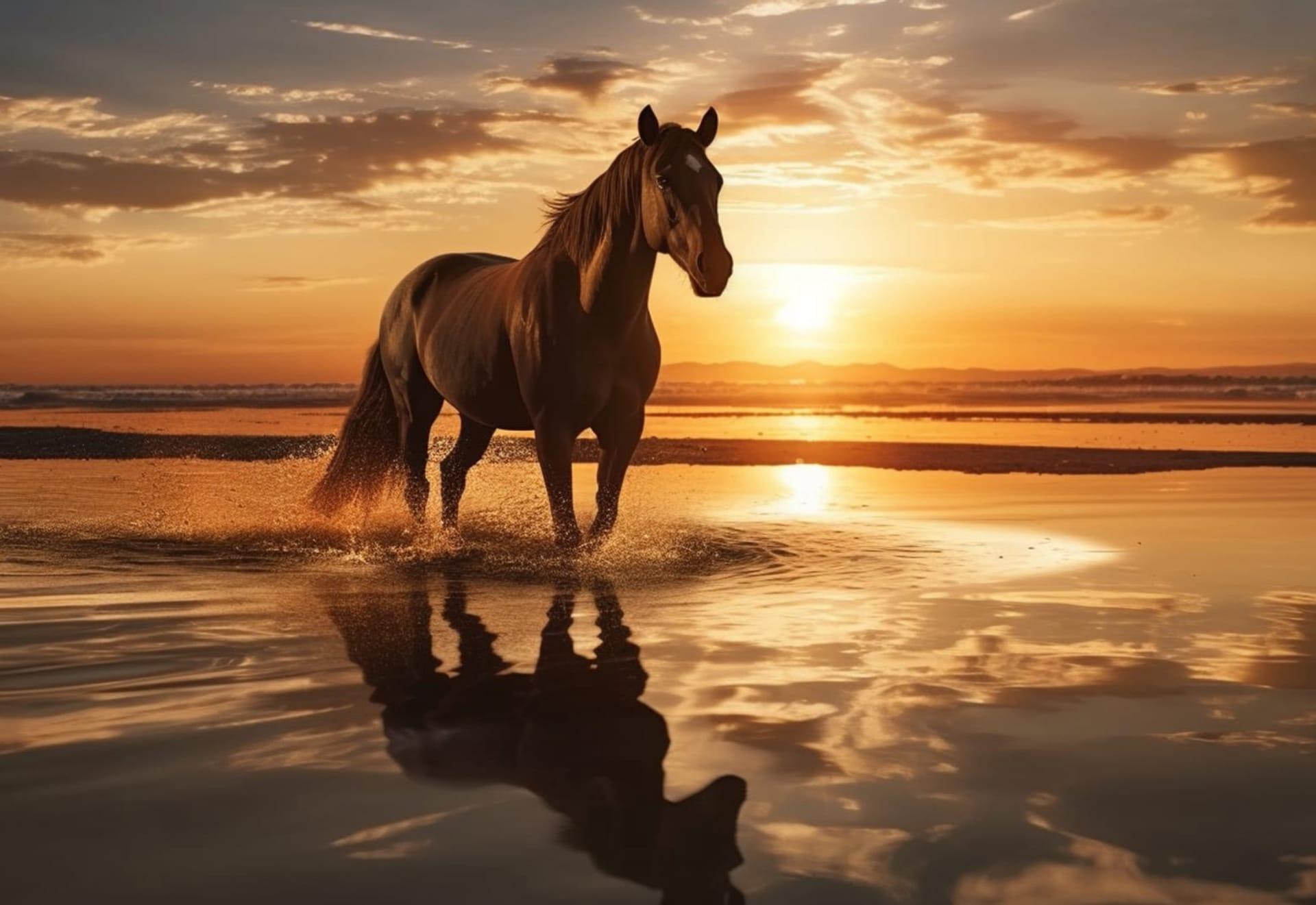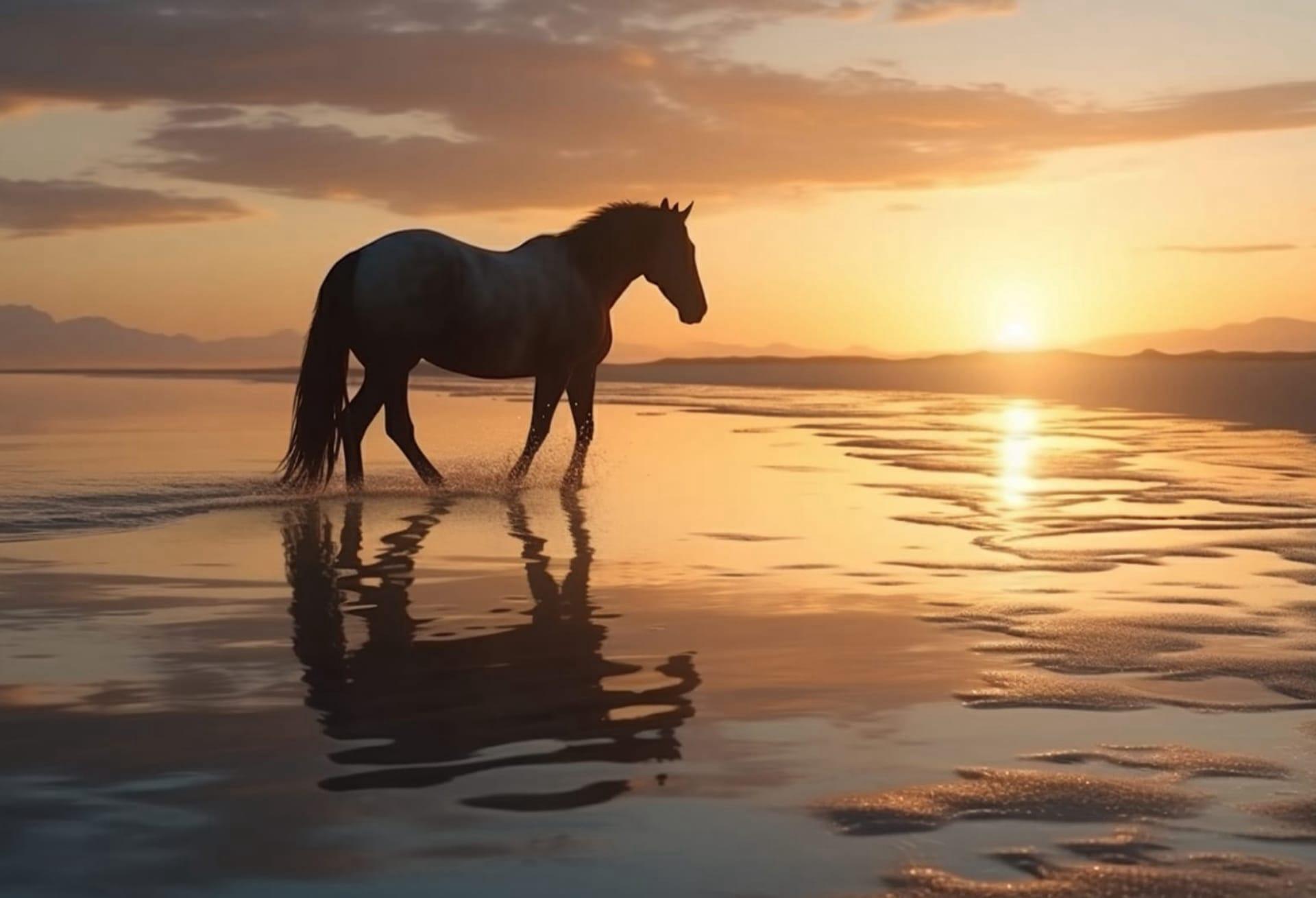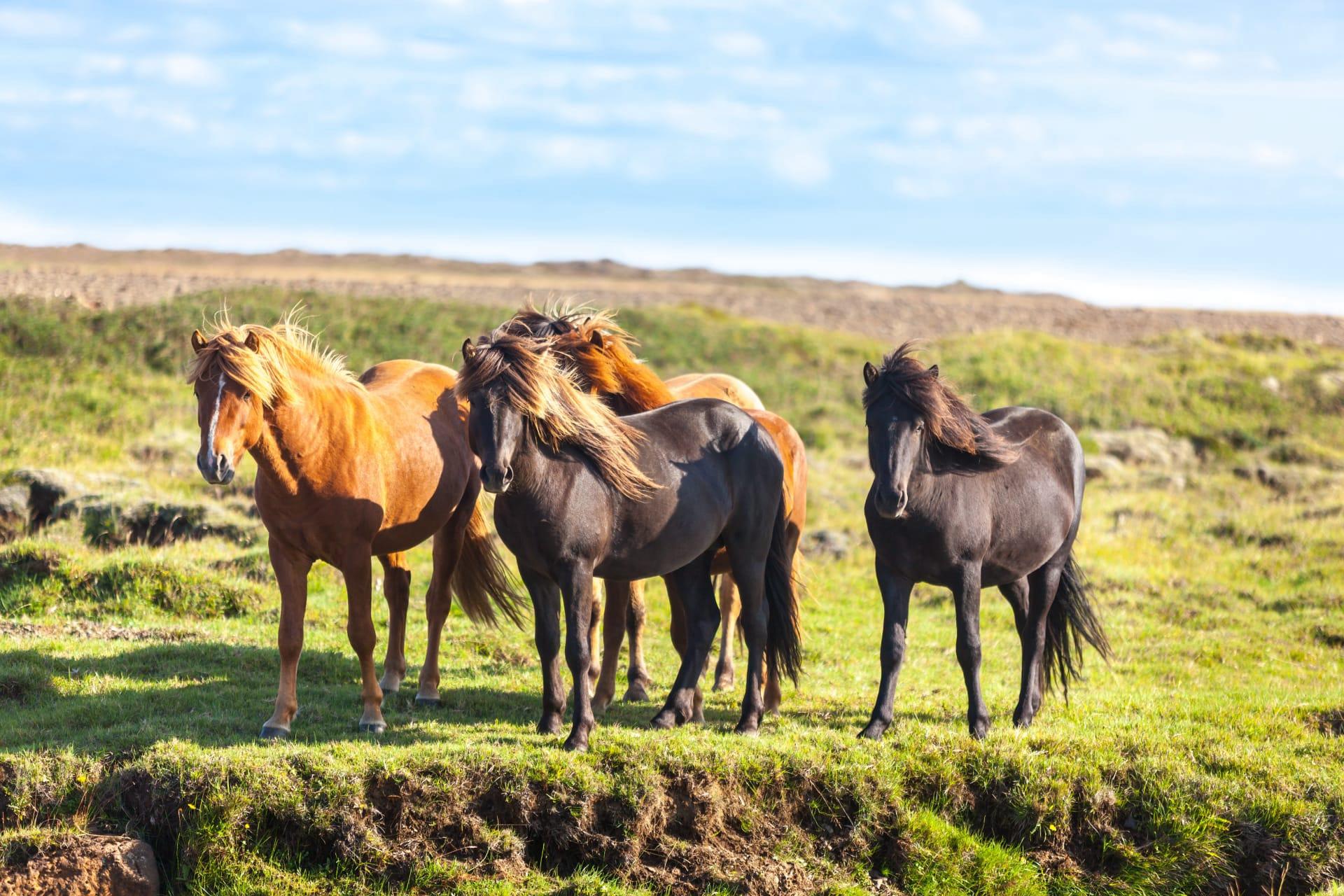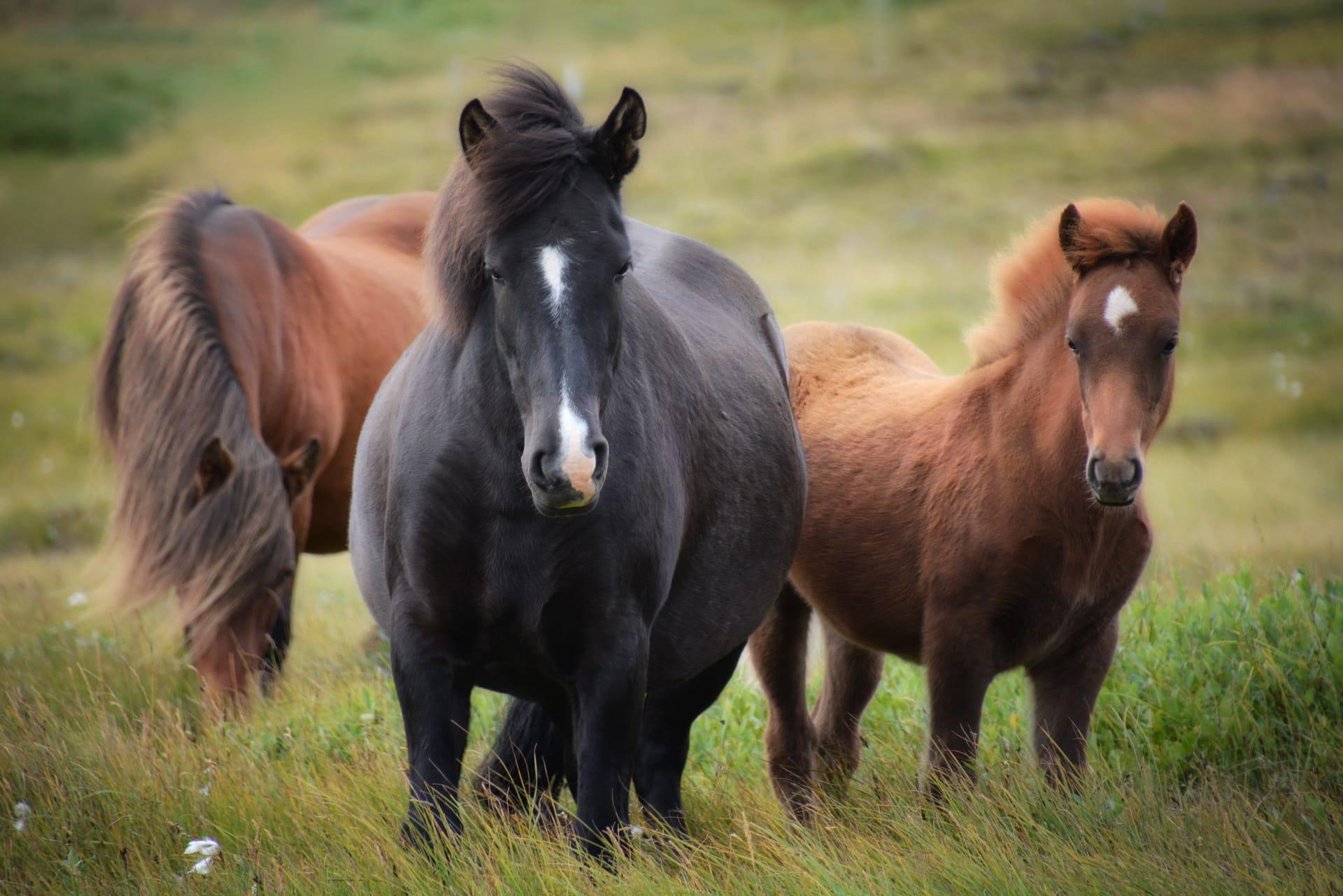Horse Characteristics
- Home /
- Mini Encyclopedia /
- Animal /
- Horse Characteristics
1
Horses, known scientifically as Equus ferus caballus, are majestic animals renowned for their strength and grace. A fully-grown horse typically stands at about 15 to 17 hands (one hand equals 4 inches) in height, which translates to approximately 60 to 68 inches tall at the shoulder. They can weigh between 900 and 2,000 pounds, depending on their breed. The lifespan of a horse can vary significantly, but on average, domestic horses live for around 25 to 30 years, with some breeds living even longer. A notable aspect of horses is their muscular build, especially evident in their powerful legs and large, robust bodies, adapted for speed and endurance.
The most exceptional organ of a horse is undoubtedly its lungs. Horses are capable of incredible feats of endurance, largely due to their highly efficient respiratory system. A horse’s lung capacity is immense, with an average adult horse having a lung volume of about 55 liters, significantly larger than that of humans. This capacity allows for a remarkable amount of oxygen intake, vital for muscle performance and stamina. During intense exercise, a horse can inhale and exhale up to 16 times per second, ensuring a constant flow of oxygen to its muscles. This respiratory efficiency is a key factor in the horse's ability to run at high speeds over long distances.

2
Question: Why do horses sleep standing up?
Answer: Horses have a unique ability to sleep both standing up and lying down. The reason they often sleep standing is due to a special mechanism in their legs called the "stay apparatus." This allows horses to relax their muscles and doze without collapsing. The stay apparatus is a system of tendons and ligaments that lock the major joints in the legs, enabling a horse to maintain an upright position with minimal muscular effort. This adaptation is thought to be an evolutionary trait, allowing horses to quickly flee from predators even after resting. However, for REM (Rapid Eye Movement) sleep, which is necessary for deep rest, horses need to lie down, as they can only achieve this sleep state in a prone position.

3
Horses are renowned for their impressive movement capabilities. They are one of the few animals that can perform a range of gaits, including walk, trot, canter, and gallop. The fastest gait, the gallop, can see a horse reach speeds of over 25 miles per hour. Their long, powerful legs give them great stride length, with some horses covering up to 25 feet in a single stride at full gallop. This ability is not just for speed but also for endurance. Horses can travel great distances at a steady pace, thanks to their efficient locomotion and strong cardiovascular system.
As herbivores, horses have a unique feeding behavior and digestive system. They are grazers, primarily feeding on grasses and other vegetation. Horses have large, flat teeth designed for grinding grasses, and they spend a considerable amount of time each day eating – up to 15 to 17 hours. Their digestive system is highly specialized, featuring a large stomach and an extensive hindgut, which allows for the fermentation of fibrous plant material. This efficient digestive process enables horses to extract the necessary nutrients and energy from their primarily grass-based diet.

4
Horses are adaptable animals and can thrive in a variety of environments, though they originally evolved in open grasslands. They are found in almost every country in the world and can live in a range of habitats, from arid deserts to wet marshlands. Horses have been domesticated for thousands of years and have been bred for various purposes, leading to their adaptability to different climates and terrains. However, they generally require a habitat that offers sufficient grazing area, water access, and space for exercise and social interaction.
Reproduction is a significant aspect of a horse's life. The breeding season for horses typically occurs in spring and summer. Mares (female horses) have a gestation period of about 11 months and usually give birth to a single foal. At birth, foals are relatively mature and mobile, able to stand and walk within a few hours. This quick development is crucial for survival in the wild, as mobility is necessary for evasion of predators. Horses reach sexual maturity at around two years of age, but they are often not bred until they are physically mature, around three to four years old.

5
Book: "The Horse: The Epic History of Our Noble Companion" – This book, written by Wendy Williams, explores the deep bond between humans and horses. Published in the United States in 2015, it delves into the history, biology, and evolution of horses. Williams combines scientific research with personal anecdotes, tracing how horses have influenced human history and development.
Book: "Seabiscuit: An American Legend" – Authored by Laura Hill enbrand and published in the United States in 2001, this book tells the true story of Seabiscuit, a small, knobby-kneed horse who became one of the most successful racehorses in history. Hillenbrand's vivid narration not only covers Seabiscuit's remarkable career but also gives insights into the world of horse racing during the Great Depression, making it both an inspiring and educational read.